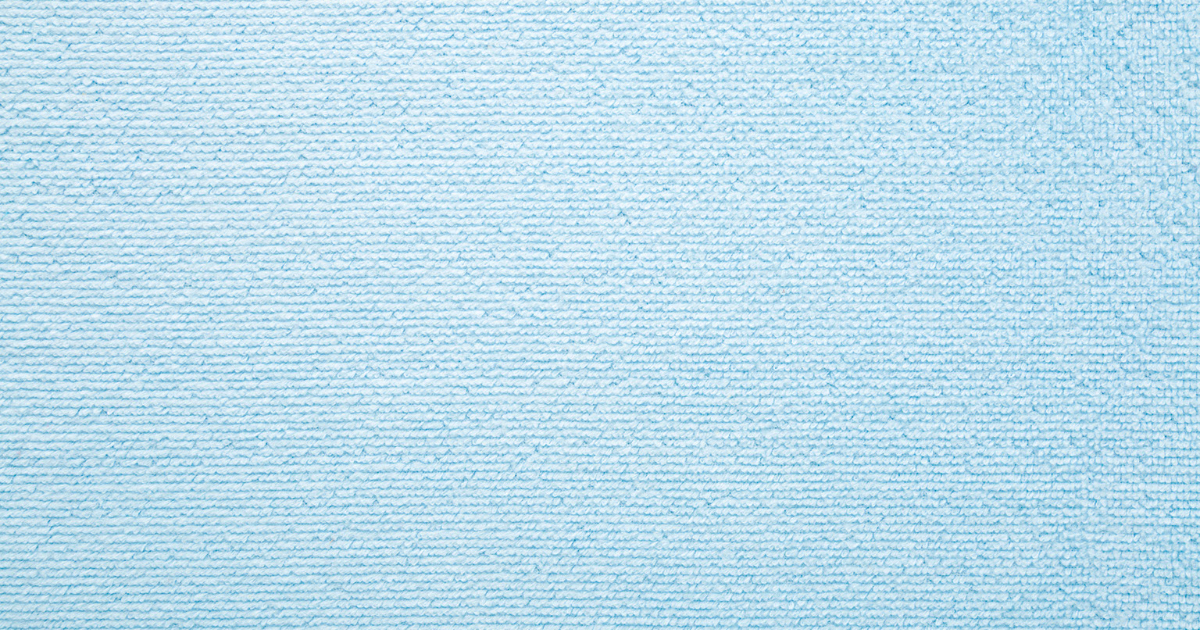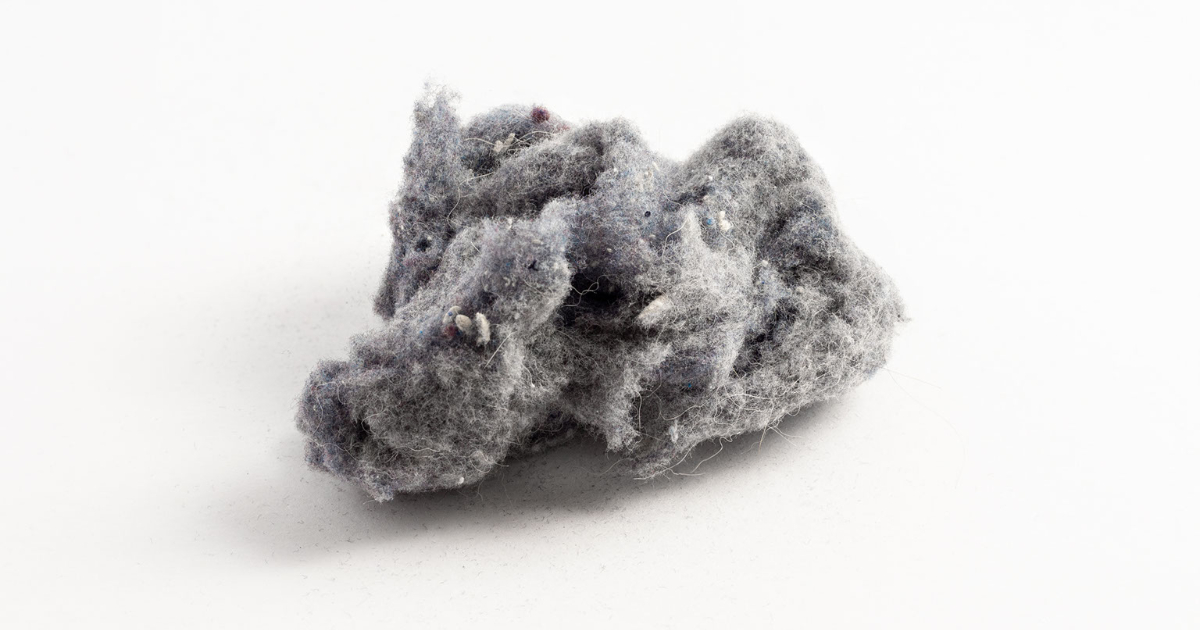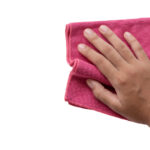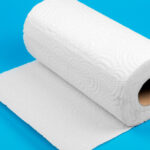Microfibers are a remarkable invention in textiles. They are tiny synthetic fibers with many uses, from clothes and furniture to cleaning and filtering.
Synthetic fibers have evolved a lot through time. Polyester, the first synthetic fiber, was a game-changer in textiles. It was cheap and robust compared to natural fibers.

Later, scientists and engineers made synthetic fibers even better. They created microfibers, which are very thin but still firm. They changed many industries, such as textiles and cleaning.
Understanding Synthetic Microfibers
Synthetic microfibers are thin plastic threads made from polyester, nylon, or a blend. They are about 100 times thinner than a human hair.
They have many advantages. They are strong, light, and resistant to wrinkles and abrasions. They can also absorb and wick away moisture well, which makes them suitable for athletic wear and cleaning products.
There are different kinds of synthetic microfibers, each with its features. For example, polyester microfibers are strong, durable, and resistant to most chemicals and UV radiation. Nylon microfibers are soft, smooth, and excellent at wicking away moisture.
Sometimes, two or more synthetic materials are mixed to create blended microfibers. This way, they can have the best qualities of both materials. For instance, a polyester and nylon microfiber blend could be durable and soft.
To make synthetic microfibers, the synthetic material is first melted down. Then, it is pushed through a spinneret with many tiny holes. This forms thin strands of fiber.
The strands cool and harden, then are put together and pulled to make them thinner. The microfibers go on bobbins and can be made into fabrics or other products.
The process needs careful and accurate control, but it is worth it.
Synthetic Microfibers in Various Industries
Synthetic microfibers have many advantages over natural fibers and other synthetic materials.
Clothing and fashion
Synthetic microfibers can create different types of clothing, from sportswear to luxury items.
They resist wrinkles and last longer than natural fibers.
They also wick away moisture and keep the wearer comfortable.
Some synthetic microfibers mimic the feel of natural fibers like silk and cashmere, adding a touch of elegance.
Home Furnishings
Synthetic microfibers are also famous for home furnishings.
They make furniture upholstery that is durable and stain-resistant.
They also make soft and absorbent bed linens and towels, enhancing the comfort of everyday items.
Automotive Industry
Synthetic microfibers have many uses in the automotive industry.
They make car seats that are comfortable, durable, and easy to clean.
They also make cloths that are ideal for car cleaning and detailing.
They attract dust and absorb liquids without scratching the surface.
Synthetic Microfibers in Medicine
Synthetic microfibers make surgical gowns and drapes.
They protect against contaminants and let air pass through.
They also improve comfort for the wearer.
Microfiber cloths clean healthcare settings well by trapping bacteria and other microbes.
Emerging Industries
New industries, like high-tech filtration and advanced composites, explore the benefits of synthetic microfibers.
Their small size and large surface area filter air and water well.
Their strength and light weight create new possibilities in material science.
Synthetic Microfibers and Sustainability
Synthetic microfibers have many benefits, but they also harm the environment. They are tiny plastic pieces that can pollute the environment.
They are awful for water ecosystems. Marine life can eat them and get sick and enter the food chain.

Many studies have shown that microfiber pollution is a big problem in water ecosystems. When we wash synthetic clothes, they shed thousands of these fibers. They can end up in rivers, lakes, and oceans.
Another problem is microfiber pollution in the air. Some activities like walking or vacuuming can release microfibers into the air. Animals, and we can breathe them in. We don’t know how this affects our health yet, but we need more research and regulation.
There are some possible solutions to reduce microfiber pollution. For example, we can use washing machine filters to catch microfibers during laundry. We can also use natural or biodegradable materials instead of synthetic ones. And we can educate people about this issue.
Some producers are also trying to make their methods more sustainable. They use less energy, recycled materials, and closed-loop systems. These are ways to minimize waste and save resources.
Synthetic microfibers have environmental challenges, but we can find solutions and alternatives. Recycling and upcycling are two ways to reduce their impact.
Recycling turns used microfiber products into new materials. This lowers the demand for new raw materials and the carbon footprint of the product lifecycle.
Upcycling transforms used microfiber products into new, valuable items. This extends the material’s life, reduces waste, and supports a circular economy.
We can sustainably use them by combining science, responsibility, and awareness. We need to learn, innovate, and improve constantly.
The Future of Synthetic Microfibers
Synthetic microfibers have a bright future. They can do many new and exciting things thanks to technology. For example, they can make smart textiles that change temperature, repel stains, or check health data.
They can also help protect the environment. They can filter air and water pollution with advanced systems. They can also make composites with different materials. These composites can improve industries like aerospace, automotive, and construction.
Production has economic benefits and challenges. It is a fast-growing part of the textile industry. It creates jobs, growth, and innovation. But it also needs recycling infrastructure and environmental management. These can cost money for governments and enterprises.
They need to become more eco-friendly. People are more aware of sustainability and microfiber pollution. The goal is to make biodegradable microfibers, recycle them better, and use less energy and water in making them. Synthetic microfibers can be suitable for the future—if we use them wisely.
FAQs
What are synthetic microfibers made of?
They are thin, durable, and versatile fibers made from polyester, nylon, or both.
How are synthetic microfibers impacting our environment?
These fibers are a source of microplastic pollution.
They can enter waterways, harm marine life, or become airborne and affect human and animal health.
Can synthetic microfibers be recycled?
Recycling them is possible.
It reduces the need for new raw materials and lowers the environmental impact of microfiber products.
What are the potential future applications of synthetic microfibers?
They have many potential uses in different industries.
They can create smart textiles, improve filtration systems, and enhance composites for aerospace and automotive applications.
How does the production of synthetic microfibers impact the global economy?
Synthetic microfibers generate economic benefits, such as growth, jobs, and innovation.
However, they also require investment in recycling and environmental management.
Conclusion
Synthetic microfibers have many uses in different industries. They are fantastic inventions, but they also harm the environment.
People are working on solutions to fix these problems.
These materials indeed have a lot of potential for the future. They can help with economic growth, technological progress, and sustainability.





